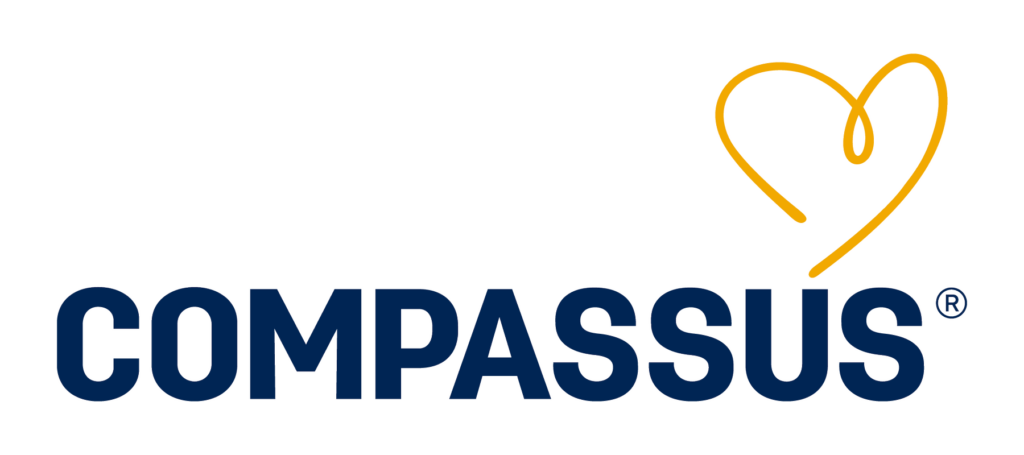We respect the relationship providers have with their patients. Our goal is to ensure patients and families receive the right care at the right time.
"*" indicates required fields
If you prefer to speak with someone, you may contact our services center or a local Compassus office.
- Compassus Service Center: 833-457-0811
- Find local programs, including contact information, covered counties, and more
- Our admissions coordinator will contact all responsible parties to coordinate family consultations and/or patient assessments.
Care Delivery Model
Our Care Delivery Model puts emphasis on understanding each patient’s greatest concerns and addressing them in a way that supports their unique quality-of-life goals. With a common framework for discussion, Compassus team members develop a deep understanding of each patient’s needs, priorities, religious and cultural preferences so they can tailor care accordingly.
This whole-person approach addresses social determinants of health and other issues connected to each individual’s underlying needs. We identify gaps in a person’s ability to manage activities of daily living while also examining factors that may affect it, such as lack of reliable transportation, access to food or medication, and more. We then hardwire a framework to connect patients with social supports as part of their comprehensive care plan.
The Compassus Care Delivery Model has been recognized by the National Quality Forum and Center to Advance Palliative Care and has produced measurable improvements in the Medicare Hospice Quality Reporting Program and Consumer Assessment of Healthcare Providers and Systems (CAHPS) survey.



